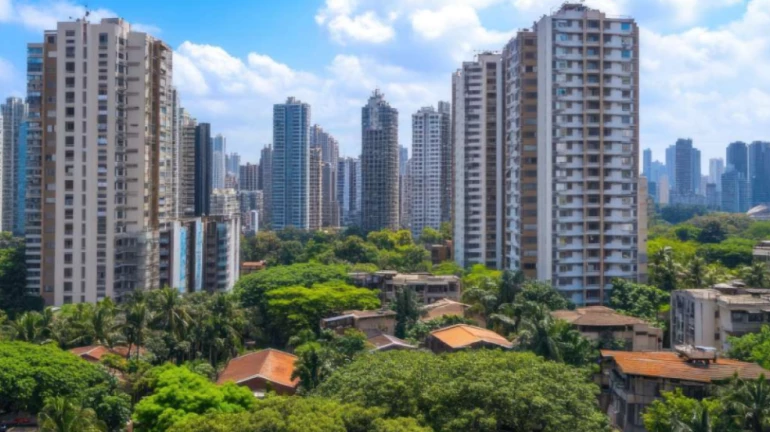
Mumbai and Pune are set to undergo a transformative housing revolution that could reshape homeownership opportunities for millions of middle and lower-income families, according to JLL-NAREDCO report titled “Towards ‘Housing for All’ in Maharashtra - The 2025 Policy Blueprint” released on September 26.
In response to rapid market premiumisation, policymakers have unveiled an ambitious INR 70,000 crore investment plan targeting 3.5 million affordable homes by 2030, while new peripheral clusters emerge as viable alternatives to expensive city centers.
A market boom creates new opportunities
The post-COVID housing surge has been remarkable, with combined annual sales in Mumbai and Pune nearly doubling from 46,528 units (2016-2019) to 105,332 units (2022-H1 2025). This unprecedented growth reflects strong economic confidence and robust demand across both metropolitan areas. Mumbai achieved around 28% capital appreciation between 2019 and H1 2025, with a peak growth rate of more than 10% in 2023, while Pune registered around 20.0% solid gains. These increases reflect the cities' growing appeal and economic dynamism.
Strategic response to market evolution
While premium housing has grown to dominate new launches—surging from around 43% to 59% between 2022 and H1 2025—this shift has catalyzed a comprehensive policy response designed to ensure inclusive growth. The decline in mass housing share in launches from approximately 57% to 40% and affordable housing from 15% to 12% during this period highlighted the need for strategic intervention, prompting the landmark affordable housing initiative. India’s leading metropolitan regions are experiencing a paradigm shift in urban development, with emerging affordable housing corridors becoming catalysts for sustainable, inclusive growth. Rather than viewing peripheral expansion as urban sprawl, progressive city planners are strategically leveraging data insights to create well-planned, connected communities that serve as growth engines for the broader metropolitan economy.
Mumbai's strategic corridor development: A model for metropolitan growth
Mumbai's metropolitan region demonstrates exceptional potential through four carefully planned affordable housing corridors, each backed by strong infrastructure investments and connectivity data:
Mumbai Metropolitan Region (MMR): Strategic development corridors
Four key corridors are driving Mumbai's metropolitan expansion, each offering distinct commercial real estate opportunities. The Navi Mumbai Corridor (Panvel-Ulwe-Karanjade) leads with state-of-the-art infrastructure, modern utilities, and digital connectivity. Its strategic positioning along major transport arteries ensures seamless integration with Mumbai's core, making it ideal for businesses seeking premium operational environments. The Thane Development Zone (Ghodbunder Road-Bhayandarpada) offers established multi-modal transport networks with proven commuter patterns and strong absorption rates, demonstrating sustained market demand and reliable connectivity infrastructure. The Vasai-Virar Growth Belt (Nalasopara-Naigaon) provides an optimal price-to-infrastructure ratio, creating accessible homeownership and investment opportunities. This corridor attracts young professionals and families seeking quality living standards at competitive pricing. The Kalyan-Dombivli Hub emerges as a central node with multi-directional connectivity, generating local employment while maintaining affordability. Its strategic location offers operational efficiency combined with cost-effective real estate solutions. These corridors collectively represent Mumbai’s evolution into a polycentric region, offering diverse opportunities across different market segments and investment strategies for CRE professionals.
Building Inclusive growth
This comprehensive approach to housing development represents a proactive strategy to maintain Mumbai and Pune's position as inclusive economic centers. By creating diverse housing options across price points and locations, both cities are ensuring that their continued growth benefits workers across all income levels. The data shows that while premium housing demand remains strong, the policy response demonstrates a commitment to balanced urban development that preserves opportunities for middle-class homeownership while supporting continued economic expansion. Mumbai and Pune's housing transformation, backed by substantial investment and strategic planning, positions both cities as models for inclusive urban growth in rapidly developing India.





